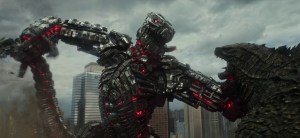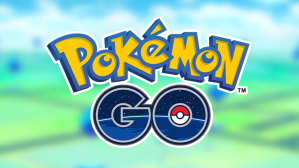Die #1 serves as both a love letter and a cautionary tale about tabletop gaming and its ability to suck its players into fictional worlds.
Videos by ComicBook.com
Tabletop games like Dungeons & Dragons have reached unprecedented popularity thanks in part to their ability to bring people together in the real world. In an increasingly digital world, tabletop RPGs and board games serve as the catalyst for intensely personal connections through shared experiences, usually while sitting around a table.
Die, a new Image Comics series by Kieron Gillen and Stephanie Hans, explores the connections forged during tabletop gaming along with both its highs and lows. The series is billed as a dark fantasy, but at its heart is an examination about the bonds forged between real people in fictional worlds.
It features a group of friends who disappear while playing a new RPG. Two years later, most of the kids emerge from the woods, scarred both physically and mentally, but seem to be unwilling or unable to talk about their experiences. The group reunites in the present day after receiving a mysterious reminder of their past, one that leads them back to a world they thought they had left behind.
While Die isn’t the first comic to look at what happens when real people get sucked into the world of a game, it does examine it from entirely different angles. It explores the incomplete feeling of quitting a game halfway through, leaving lingering questions that haunt you for the rest of your life. It shows how easy it is to backslide into old habits, abandoning decades of growth the minute that you find yourself in old haunts surrounded by old friends.
Hans does a brilliant job of illustrating these changes in body language and facial expressions, capturing their pain, their uncertainty, and their discomfort as they face their past sins. Her depiction of Isabelle is particularly good; she’s an aggressive “bad girl” who seems uncomfortable when face-to-face with a friend she constantly insulted and belittled when they were in high school.
Although Isabelle seems genuinely remorseful in the real world, she quickly reverts back to “bitch mode” when they re-enter the game, her anger and frustration captured perfectly with Hans’ beautiful artwork. Her color choices are also top-notch, using light yellows to tinge the past, dreary greys for the present, and then bright colors to depict this mad fantasy world.
The art also captures another of Die‘s dangerous themes in the allure of escapism. Every person in Die, even those who weren’t sucked into a fantasy game world, look a little haunted and dead inside… except when they’re playing a game. As comic book fans, we probably are a bit more aware of the dangers of escapism than the average person. Escaping into a fictional world can be a welcome release, but it can be harmful when a person prefers that world to the real one. The characters of Die might hate each other, but they only look alive when they’re either playing the game or living in its world.
Gillen also uses all of the anguish and hurt depicted in Die to perform its most impressive feat: telling a story without giving away any details. The characters of Die can’t talk about what happened during their two years in the fantasy world, but they really don’t need to say anything at all. Their expressions, their seething pain, their complicated feelings for one another do such a good job telling what happened, it’s almost better to leave those two years for the reader to figure out. When playing a tabletop RPG, it’s often better to give hints of a story and let the player piece together what happened, and Die uses that same storytelling technique to a masterful effect.
Die #1 is a powerful first issue, one that explores the worlds of fantasy and gaming in a way that hasn’t been done before in comics or any other medium. It’s a brilliantly haunting comic, disconcerting in all the right ways. Die lures you in and sinks its hooks into you, leaving you wanting more and, in essence, turning you into the very thing it warns against.
Published by Image Comics
On December 5, 2018
Written by Kieron Gillen
Art by Stephanie Hans
Letters by Clayton Cowles









